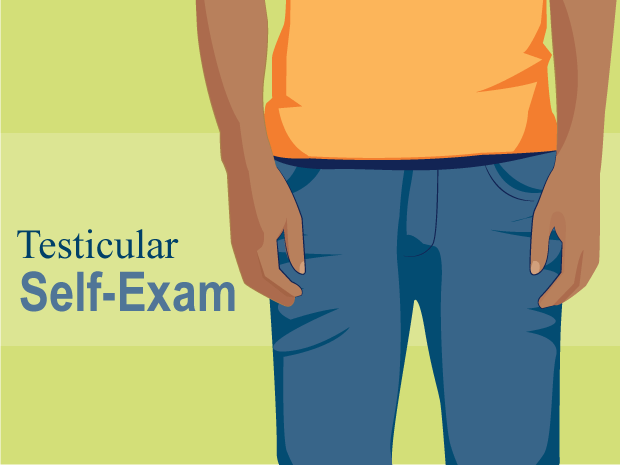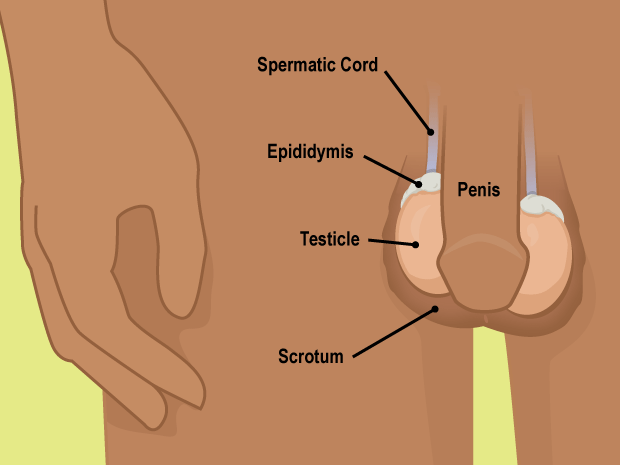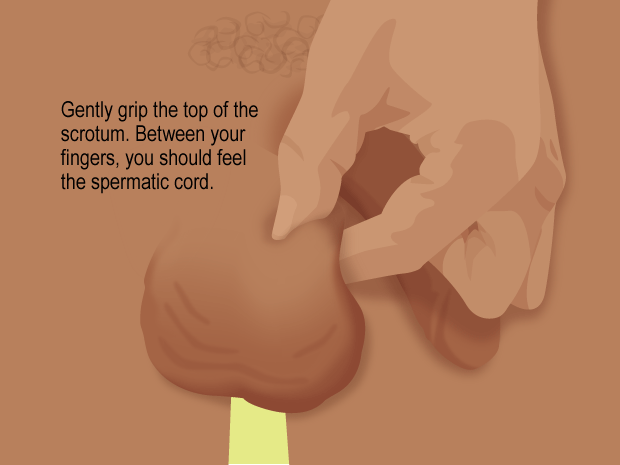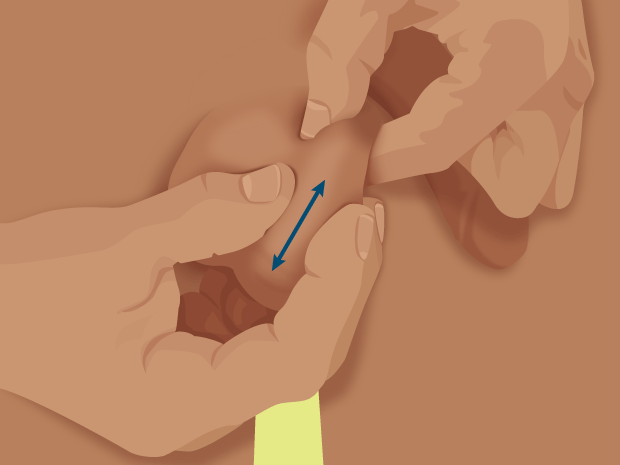- Home
- Humana Medicaid
- Kentucky Medicaid
- Medicaid extras
- Health and wellness
- Parents Home
- Para Padres
- A to Z Dictionary
- Allergy Center
- Asthma
- Cancer
- Diabetes
- Diseases & Conditions
- Doctors & Hospitals
- Emotions & Behavior
- First Aid & Safety
- Flu (Influenza)
- Food Allergies
- General Health
- Growth & Development
- Heart Health & Conditions
- Homework Help Center
- Infections
- Newborn Care
- Nutrition & Fitness
- Play & Learn
- Pregnancy Center
- Preventing Premature Birth
- Q&A
- School & Family Life
- Sports Medicine
- Teens Home
- Para Adolescentes
- Asthma
- Be Your Best Self
- Body & Skin Care
- Cancer
- Diabetes
- Diseases & Conditions
- Drugs & Alcohol
- Flu (Influenza)
- Homework Help
- Infections
- Managing Your Weight
- Medical Care 101
- Mental Health
- Nutrition & Fitness
- Q&A
- Safety & First Aid
- School, Jobs, & Friends
- Sexual Health
- Sports Medicine
- Stress & Coping
How to Do a Testicular Self-Exam (Slideshow)
Testicular self-exams (TSE) can help you check for things like cancer. Although testicular cancer is rare in teenage guys, overall it is the most common cancer in males between the ages of 15 and 35.
It's important to try to do a TSE every month so you can become familiar with the normal size and shape of your testicles, making it easier to tell if something feels different in the future.

A testicular self-exam (TSE) is an easy way for guys to check their own testicles to make sure there aren't any unusual lumps or bumps - which can be the first sign of testicular cancer.
Try to do a TSE every month so you become familiar with the size and shape of your testicles. This makes it easier to tell if something feels different or abnormal down there.

Step 1: Getting Started
Choose the right time to do your exam. It's best to do it during or just after a hot shower or bath.
The scrotum (skin that covers the testicles) is most relaxed then, which makes it easier to feel the testicles for lumps.
Lumps may be as small as a piece of rice or a pea.

Step 2: Place Your Hand
Examine one testicle at a time.
Start by gently gripping the top of the scrotum, with your thumb on top and your fingers underneath. Pinch gently so that the testicle stays put and won't move during the exam.
Between your fingers, you should feel the spermatic cord. This connects the testicle to the rest of your body.

Step 3: Feel for Lumps
With your free hand, glide your thumb and fingers along both sides of the testicle, from top to bottom. Feel for any lumps or bumps.
Then, glide your fingers over the front and back of the testicle.
On the back at the top, you should feel the epididymis, a tube that carries sperm. This is a normal lump and may feel tender to the touch.

Tell your doctor right away if you notice any swelling, lumps, or changes in the size or color of a testicle. Also tell your doctor if you have any pain or achy areas in your groin.
Lumps or swelling may not be cancer, but they should be checked by your doctor as soon as possible.
Testicular cancer is almost always curable if it is caught and treated early.

© 1995- The Nemours Foundation. KidsHealth® is a registered trademark of The Nemours Foundation. All rights reserved.
Images sourced by The Nemours Foundation and Getty Images.